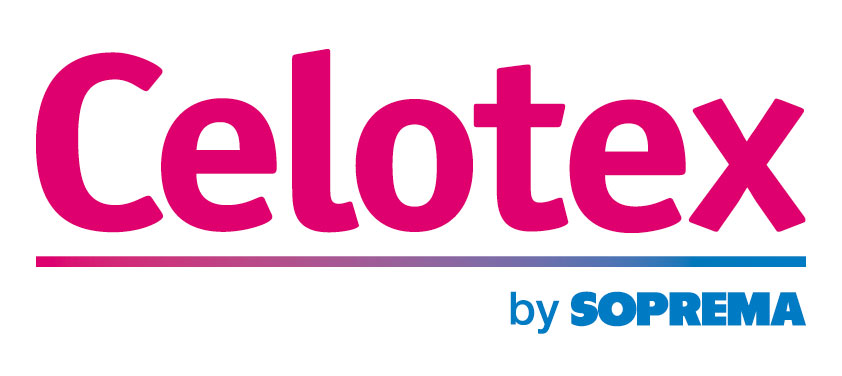The government has launched its new £2bn Green Homes Grant scheme. Through the scheme, eligible homeowners will be able to apply to help pay for the installation of energy efficiency measures such as thermal insulation, as well as new boilers, double glazing, draught-proofing and solutions such as air-source and ground-source heat pumps.
What is the Green Homes Grant?
The Green Homes Grant is part of a broader £3bn investment plan to cut greenhouse gas emissions across the country. It will help homeowners pay for home improvements that will boost energy efficiency whilst reducing energy bills and contributing to the UK’s target of net-zero emissions by 2050.
Up to 600,000 eligible homeowners will be able to apply for vouchers worth up to £5,000. These will cover up to two-thirds of the cost of the upgrades, with homeowners paying the balance. For some of the country’s lowest-income households, vouchers up to £10,000 may be available which could cover up to 100% of the cost up to the £10,000 voucher limit, with the remaining balance payable by the homeowner.
Depending on the home and the works carried out, it is estimated that the improvements could save households up to £600 a year in energy costs.
Read more »
